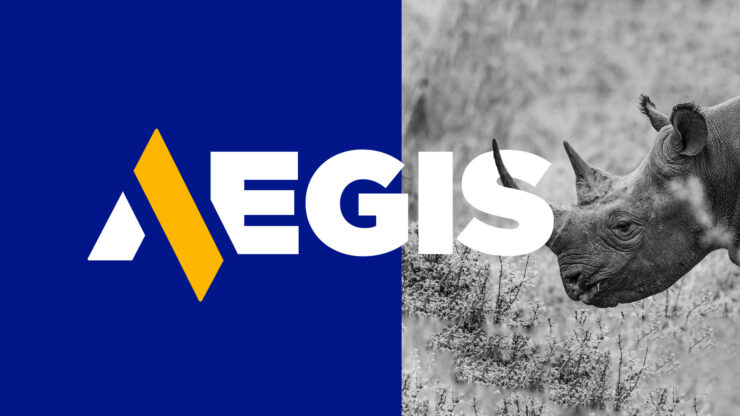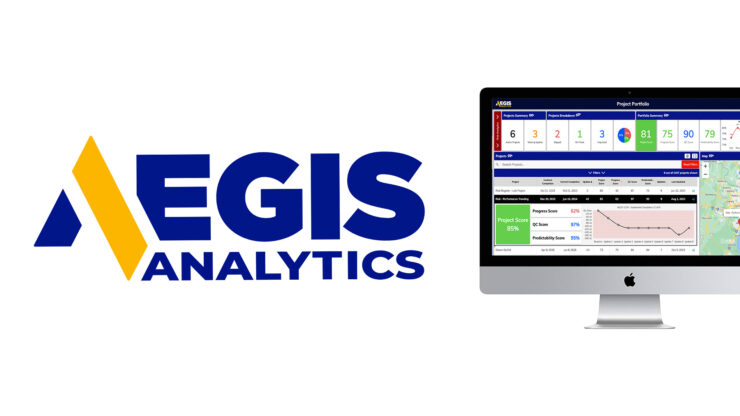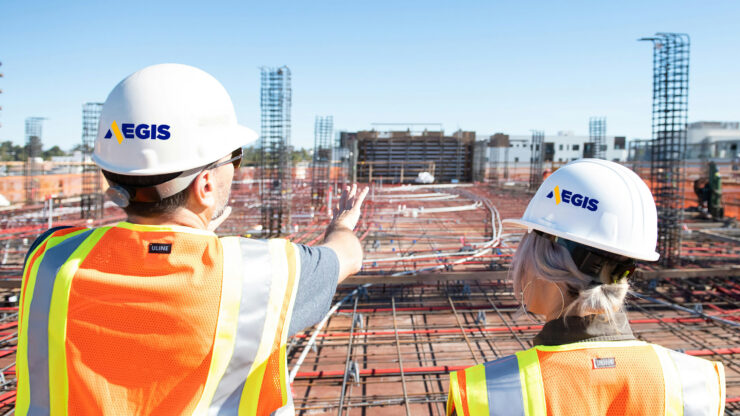
Mega projects, generally defined as costing more than $1 billion, are becoming increasingly more common in the construction industry as both corporate and government clients look to build larger projects. These projects are significant as they often impact thousands of people who may live, work or play in these spaces. The rebuilding of the World Trade Center in New York and the rebuilding of the Panama Canal are instantly recognizable examples of mega projects.
These incredibly complex mega projects cost billions of dollars and have a history of not being completed on time or on budget. While construction companies both in the United States and abroad have learned new techniques and procedures for mega projects, the project controls side of mega projects has not kept up with the advances on the construction side. This needs to change.
At Aegis, we’ve been lucky to work on many mega projects, and our approach to these massive projects has evolved as we’ve learned about their unique characteristics. One of our first mega projects was providing CPM scheduling for the National Geospatial-Intelligence Agency (NGA) in Virginia, which at 2.3 million square feet is the third largest government building in the Washington area. Currently, we’re providing project controls services for the creation of the National Museum of African American History and Culture on the national mall in Washington, D.C. These two notable projects, and many others, have taught us that mega projects require a novel approach to project controls.
At Aegis, our project controls on mega projects emphasizes three key areas that we believe are crucial to success.
First, timely feedback is crucial so that all parties know how the project is faring immediately. These complex and dynamic projects require a project controls system that is designed from day one to provide immediate and relevant feedback. The typical project controls system using monthly updates and standard gantt style bar charts don’t work for these projects. On a mega project, waiting upwards of a month is simply too late to find out if the project is not on track as it’s often impossible to make up significant amount of lost time on these projects. Timely feedback, meaning weekly or daily, is an absolute must.
Second, risk management procedures that accurately capture issues and provide red flags or trip wires must be put in place. Implementing a solid risk management procedure will help the project identify issues early and give the stakeholders the time necessary to determine how to overcome those issues. Trip wires will allow a project controls team to identify productivity or other issues that could jeopardize a project well before those issues become critical.
Lastly, reports must be clear and understandable to all project stakeholders. The reports produced from the millions of data points on these mega projects is the linchpin to a good project controls plan. Project controls fails to do its job when reports are not easily understood, are too detailed or conversely don’t provide sufficient detail. The standard gantt style reports of bars and dates will not suffice. A good project controls program will create customized reports for the various stake holders that will provide relevant information at the appropriate level of detail.
Mega projects, once unimaginable, are here to stay. We are constantly innovating to provide the highest quality project controls for these complex and fascinating projects.
Recent Posts

Office spotlight: Pacific Northwest region

Constructive Solutions: Expert Tips for Construction Dispute Preparation

Office spotlight: Mountain West region

Uncover productivity loss with hybrid earned value analysis

Inside Aegis Analytics: 5.0 Update

Office spotlight: Northeast region

Office spotlight: Southeast region
